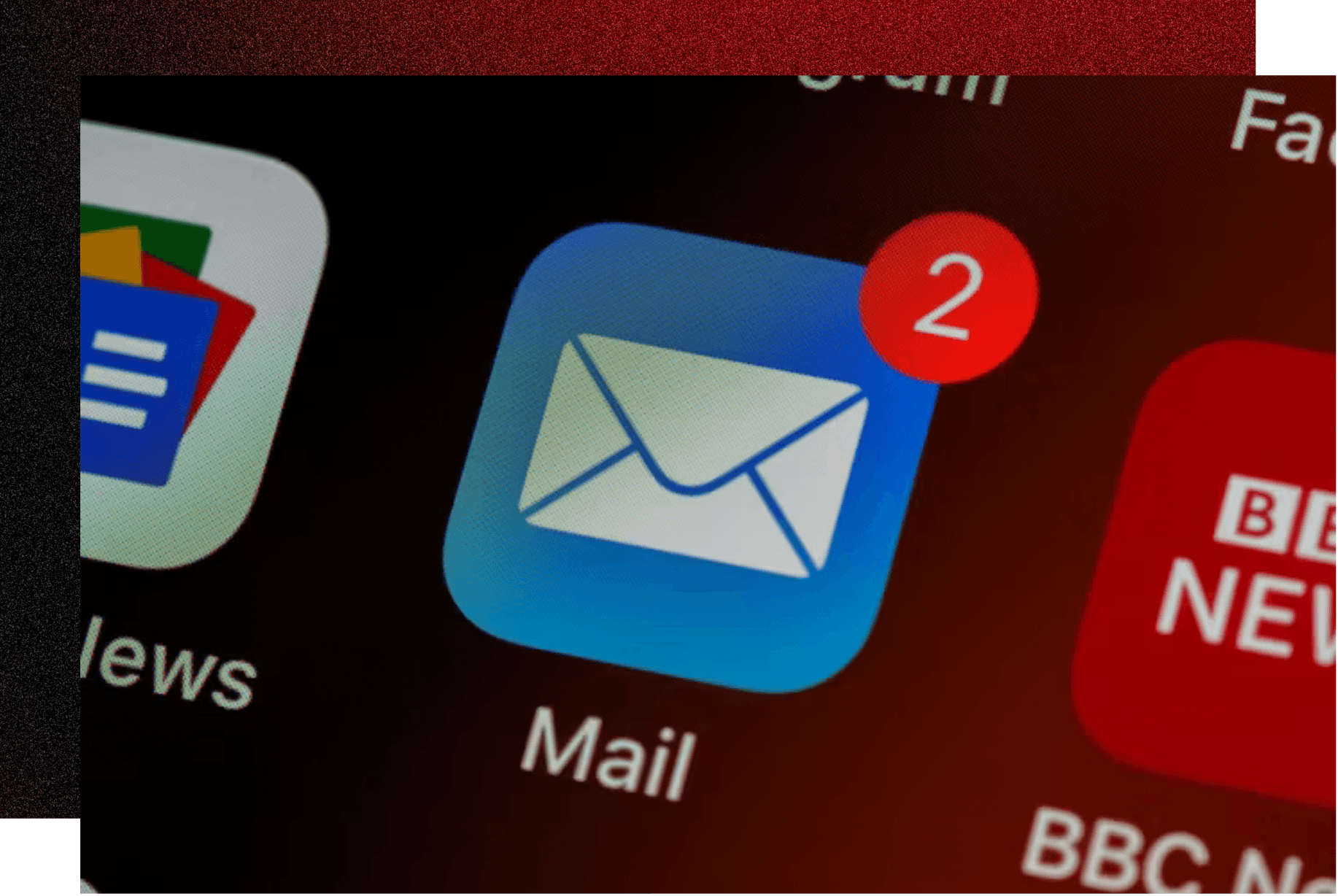The Hidden Problem in Hiring
Unconscious bias shapes hiring decisions more than most organizations realize. Studies show that identical resumes receive different responses based solely on the name at the top. Traditional hiring perpetuates these patterns, limiting diversity and overlooking qualified talent.
Bias doesn't always come from bad intent — it comes from ingrained patterns. Familiar schools, recognizable company names, and demographic assumptions create invisible barriers that prevent fair evaluation.
How Blind Matching Works
Blind matching strips away the noise. No names. No photos. No schools. Just verified skills, proven experience, and role alignment.
By removing personal identifiers, the process forces evaluators to focus on what actually matters: can this person do the job?
The Benefits of Bias-Free Hiring
- Equal Opportunity: Candidates compete on merit, not privilege.
- Stronger Diversity: Companies hire from broader talent pools naturally.
- Better Performance: Skill-based matches lead to higher retention and productivity.
- Legal Compliance: Reducing bias mitigates discrimination risks.
Real-World Results
Organizations implementing blind matching see measurable improvements. Diverse teams innovate faster, solve problems more creatively, and reflect the customers they serve.
When bias is removed, hidden talent surfaces. Veterans re-entering the workforce. Career switchers with transferable skills. Professionals from underrepresented communities. All evaluated fairly.
Why This Matters Now
The workforce is more diverse than ever. Companies that fail to adapt risk losing top talent to competitors who hire more fairly. Blind matching isn't just ethical — it's strategic.
Breaking bias isn't about lowering standards. It's about raising them by ensuring that opportunity is based on ability, not assumptions.
The Path Forward
Fair hiring starts with systems designed to eliminate bias from the beginning. Blind matching proves that technology, when built with intention, can create opportunities that traditional methods miss.
The future belongs to organizations that hire the best person for the role — not the best resume.
